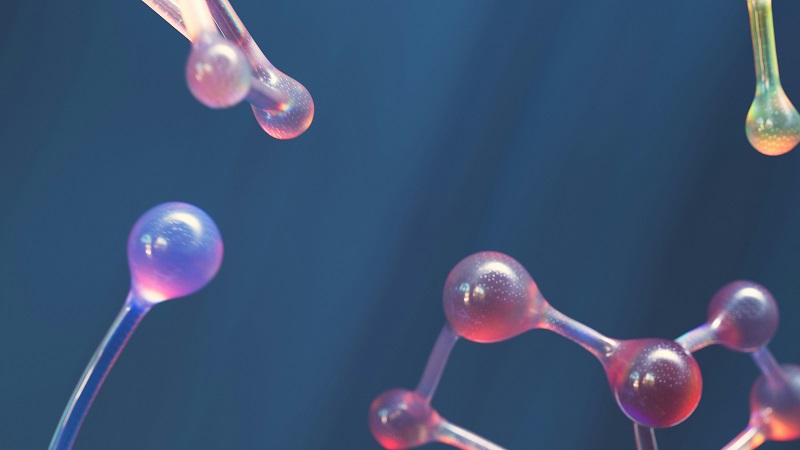MUC1, a protein draped in a shimmering cloak of sugar chains, plays a dual role in our lives: guardian of the inner sanctum in healthy cells and, paradoxically, a mischievous accomplice in the dance of cancer. Unraveling its secrets requires us to delve into the intricate world of mucus, cellular structure, and the delicate tango between health and disease.
- What is MUC1 protein?
MUC1 is a transmembrane protein, anchoring itself to the cell membrane while stretching its vast, branched structure outwards. This sugary fortress lines the surfaces of epithelial cells, forming the viscous, protective mucus layers in our lungs, airways, and digestive tract. Acting like a sticky shield, it traps pathogens, lubricates movement, and regulates molecule passage. It’s the bouncer at the cellular doors, admitting the good guys and keeping the bad guys out.
- What is the role of MUC1 in cancer?
While MUC1 plays a vital defensive role in healthy cells, its story takes a dark turn in cancer. Its overexpression and abnormal glycosylation (sugar chain modifications) can fuel cancer progression in several ways:
- Protecting the Tumor: The thickened MUC1 mesh acts like a shield, protecting cancer cells from attack by immune cells and chemotherapeutic drugs.
- Signaling Mayhem: Altered MUC1 can trigger pathways that promote cell proliferation, migration, and survival, giving cancer cells a growth advantage.
- Fueling the Fire: MUC1 fragments released from the tumor can interact with other cells, promoting inflammation and creating a pro-tumorigenic environment.
MUC1, once the guardian, becomes the cancer cell’s loyal lieutenant, aiding its nefarious plans.
- What is the function of the MUC1 structure?
The key to MUC1’s versatility lies in its intricate structure:
- The Transmembrane Domain: This anchors MUC1 to the cell membrane, firmly establishing its defensive outpost.
- The SEA Domain: This region binds to other MUC1 molecules, creating a dense, protective mesh.
- The VNTR Domain: This highly variable region, rich in sugar chains, provides the sticky grip that traps pathogens and regulates molecule passage.
- The Cytoplasmic Tail: This relays signals to the cell interior, orchestrating responses to environmental changes and potential threats.
Each part of MUC1 plays a role in its dual personality, guarding cells in health and aiding cancer in disease.
- What is the difference between MUC1 and MUC2?
Both MUC1 and MUC2 are important mucins, but they have distinct roles:
- Location: MUC1 is found in various epithelial tissues, while MUC2 is predominant in the stomach and intestines.
- Structure: MUC2 has a shorter VNTR domain compared to MUC1, influencing its stickiness and function.
- Function: MUC1 focuses on general protection and signaling, while MUC2 specializes in lubrication and neutralizing stomach acid.
Understanding these differences helps researchers develop targeted therapies aimed at specific mucin types and their roles in health and disease.
MUC1, the master of mucus, weaves a tale of both protection and peril. Unveiling its secrets holds the key to understanding not only cancer progression but also developing novel therapeutic strategies to restore the delicate balance between cellular defense and the sinister tango of disease.
Creative BioMart started from a small supplier with the development and production of recombinant protein products. After years of development and growth, we currently have over 100,000 protein products. In addition, we have also expanded a series of related products such as native proteins, cell/tissue lysates, chromatography, lectins, and detection kits.
In response to customers’ needs, Creative BioMart continuously launches popular categories such as cytokines, PROTAC targets, GPCRs, labeled proteins, full length proteins, virus-related proteins, CAR-T cell targets, biomarkers, CD antigens, etc. In addition, we offer therapeutic proteins, diagnostic proteins, and GMP proteins in accordance with the demands of industrial customers.
Furthermore, we provide customers with various related services, covering protein expression & purification, stable cell line construction, interaction detection, protein characterization, screening and profiling, etc. Along with these services, we offer a variety of experimental consulting services that are competitively priced in the market

